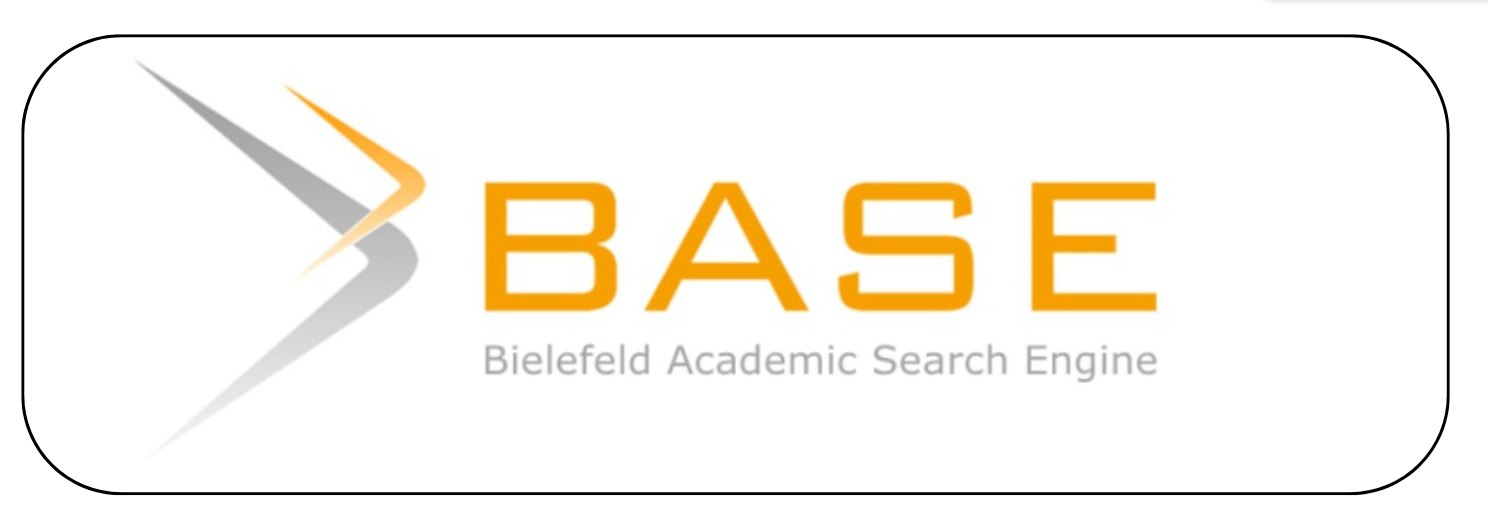Exploring The Facilitating Conditions Among the Elderly Towards the Intention to Use of E-Health Technologies
DOI:
https://doi.org/10.61688/jev.v4i3.115Keywords:
e-health, Facilitating ConditionAbstract
ABSTRACT
The observational quantitative approach was employed in this study to examine the adoption of e-Health. The
Unified Theory of Acceptance and Use of Technology (UTAUT) model was utilized to conduct a more
thorough analysis of the acceptance theory. The most recent unified model that can adequately describe why
information systems are accepted and used is called UTAUT. The purpose of the study was to examine how the
Fasa 1 L Community in Bandar Tasik Kesuma facilitated conditions of eHealth applications. For the purpose of
this study, survey respondents are members of the Fasa 1 L Community sample population. The independent
variables in this study were perceived usefulness, perceived ease of use, technology anxiety, social support,
facilitating conditions, and performance expectancy while the dependent variable was intention to use E-health.
Data were collected through questionnaires delivered via Google Form. The results showed that the high
indicator of acceptance by the users was the time needed to input data to the e-Health application. This study
concludes that the acceptance of e-Health by users of primary healthcare centers in Fasa 1 L Community in
Bandar Tasik Kesuma is well received. This study suggests a more widespread dissemination of information
regarding the use of e-Health along with technical assistance and guidance on the use of e-Health applications.
Keywords: facilitating condition, e-health
Downloads
Downloads
Published
How to Cite
Issue
Section
License
Copyright (c) 2023 Nurul farhah Mohamad Ishak, Norhaninah A Gani

This work is licensed under a Creative Commons Attribution 4.0 International License.












